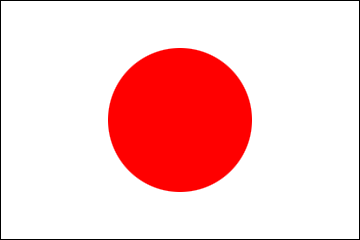Letter from Cebu (15) ”About 600 Japanese lived in Iloilo, Panay Island, before WWII. History of Iloilo”
2023/2/15
Letter from Cebu (15)
"About 600 Japanese lived in Iloilo, Panay Island, before WWII. History of Iloilo"
"About 600 Japanese lived in Iloilo, Panay Island, before WWII. History of Iloilo"
Dr. Ma. Luisa E. Mabunay, retiredr professor of the University of Philippines Visayas, has been studying Japanese and Nikkeijin (people with Japanese ancestry) in Panay Island for a long time. I found it interesting for her to focus her study on Panay Island and Nikkeijin. So, I met her when I visited Iloilo city, Panay Island.
(Location of Panay Island)
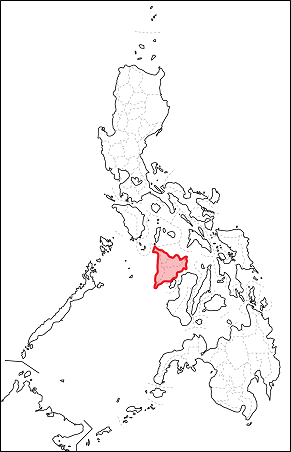

When I asked her “Why did you focus your study on Nikkeijin in Panay?” She replied that she had to go back to her hometown in Panay due to her father’s death when she was doing her master’s course at the University of Philippines, and her supervisor advised her to choose a topic for her master’s thesis that enabled her to continue her studies even in Panay, so she chose the topic of Nikkeijin in Panay. She also said that her family members and relatives had been telling to her that the Japanese did terrible things during the war, and she had enough, she wanted to learn more of what the Japanese did here before the war.
(Dr. Ma. Luisa Mabunay)
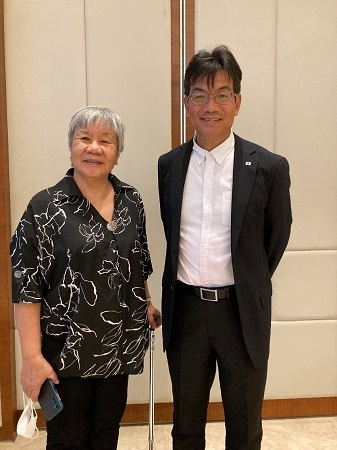
Dr. Mabunay’s published article follows the movement and lives of the Japanese and Nikkeijin before, during and after WWII very precisely. The history of the Japanese and Nikkeijin in Panay seems to be similar to those in other parts of the Philippines. In the beginning of 1900s Japanese started to enter Panay as contracted skilled or unskilled workers or “dekasegi”. A number of Japanese migrated to the island for seeking economic benefits. In 1939, 574 Japanese and Nikkeijin lived in the Island, and 172 of them were fishermen (mainly coming from Okinawa). After Japan lost at war, most Japanese and Nikkeijin returned to Japan, but a few of them were adopted into Filipino families. They hid their identity and roots due to strong anti-Japanese feelings among the Filipino public. Most of them lived below the minimum poverty line, and could not take proper education, nor get jobs. When time went by, the second and third generation of the Japanese in Panay lost their cultural roots and their identity. In the 1980s, Japan started its efforts for locate Nikkeijin to confirm their nationality and residence status for work in Japan. After that, Nikkeijin’s attitudes became more open.
What surprised me most was the number of the Japanese living in Iloilo in the pre-war era, that is about 600. In 1937, the number of members of the Japanese Association in Cebu was only 153. I thought that there are only three major cities in the Philippines, Manila, Cebu and Davao, since the colonial era. So, I could not understand why the Japanese population in Iloilo outnumbered those in Cebu.
What surprised me most was the number of the Japanese living in Iloilo in the pre-war era, that is about 600. In 1937, the number of members of the Japanese Association in Cebu was only 153. I thought that there are only three major cities in the Philippines, Manila, Cebu and Davao, since the colonial era. So, I could not understand why the Japanese population in Iloilo outnumbered those in Cebu.
(Pre-war Iloilo City and some prominent establishments in the daily life of city residents and visitors then. Presented by Dr. Ma. Luisa Mabunay)
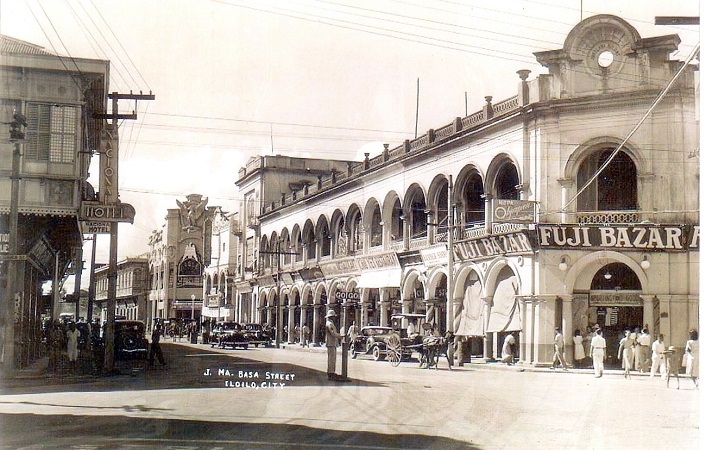
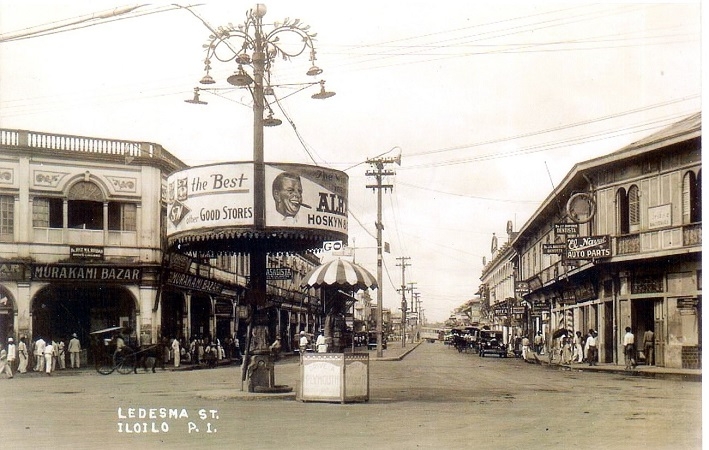
(The beginning of the Iloilo Japanese School that had some support from the Japanese Consulate in Manila. Presented by Dr. Ma. Luisa Mabunay.)
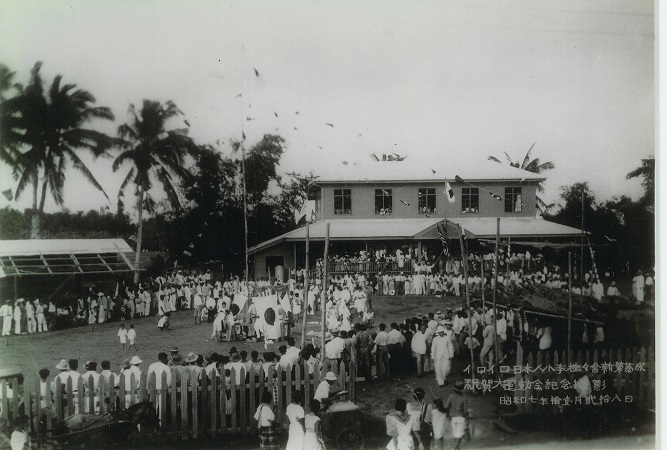
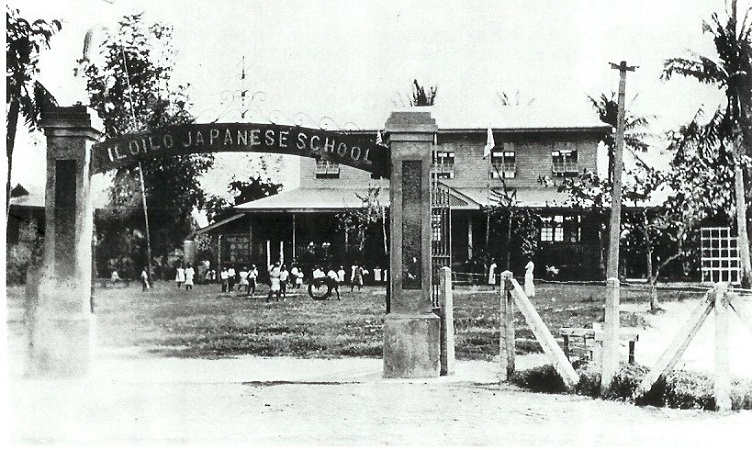
What I have found after doing small research was that Iloilo was second next to Manila in terms of economic importance at the turn of the 20th Century, when the Japanese started migrating there. In 1572, the second Spanish colonial settlement was established in Iloilo after Cebu. Unlike other cities and areas in the Philippines, people in Iloilo fervently accepted Christianity and were very loyal supporters of Spain. In the late 18th century, the development of large-scale weaving industry started to surge Iloilo in trade in the Visayas. Iloilo was referred to as “Textile Capital of the Philippines”. After the weaving industry declined due to cheap textile from the UK, the sugar industry emerged in the 19th century as the world demand for sugar surged. In 1855, the port of Iloilo was opened to the world market, and eventually became the largest port in the Philippines. In 1896, facing the outbreak of rebellion in Manila against Spanish colonialism, Iloilo supported Spain, and sent 500 volunteer battalion to suppress the riot. Due to this strong support to Spain, Iloilo became the capital of the Spanish Empire in Asia Pacific, after Spain lost at the Battle of Manila Bay against the United States in 1898.
(Filipino regiment in Iloilo, 1898)
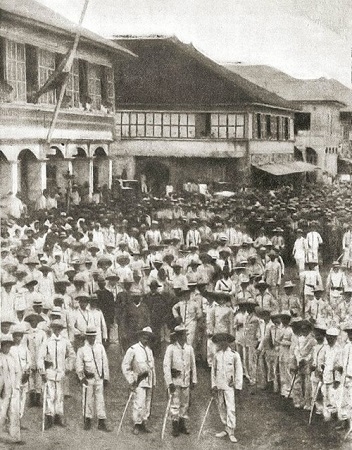
(Source; Philippine-American War, 1899-1902)
https://www.filipinoamericanwar18991902.com/thewarinthevisayas.htm
Philippine-American War broke out in 1899. About 200,000 Filipino civilians and 20,000 Filipino soldiers were killed in this war. The American forces fired the shell on February 11th, 1899, damaging quite a few buildings. Eventually, main part of the city was reduced to ashes. Resistance from the people of Iloilo (Ilonggos) lasted until 1901, and Iloilo was among the last cities to fall in Americans. In 1900, the Americans reverted the city’s status into a township. (It regained the cityhood status on in 1937.). Prosperity did not continue as the sugar’s demand was declining, and labor unrests were happening in the port area. The exodus of Ilonggos to other cities such as Bacolod and Cebu led to Iloilo’s demise in economic importance in southern Philippines.
(On Feb. 11, 1899, the US First Separate Brigade commanded by Brig. Gen. Marcus P. Miller, West Point Class 1858, invaded Iloilo City on Panay Island. )
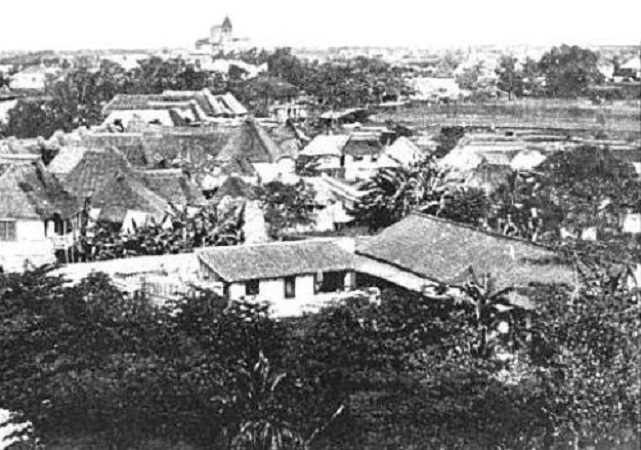
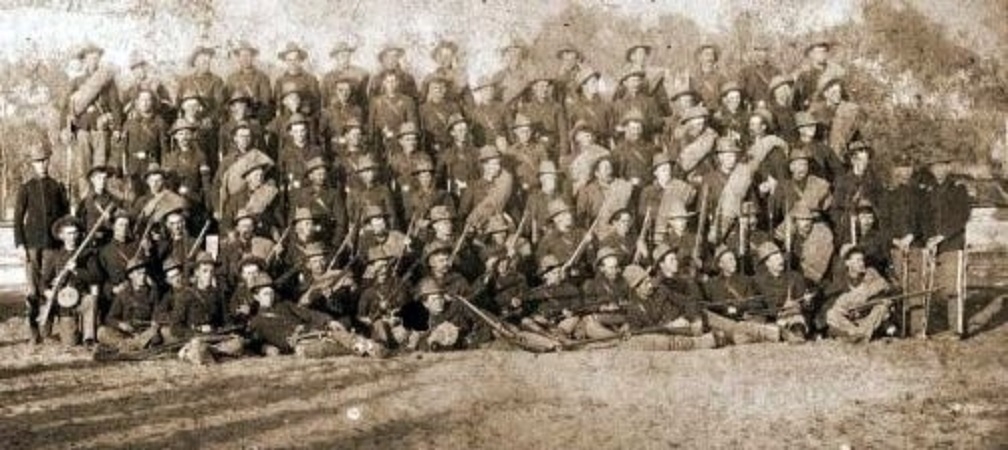
(Source; Philippine-American War, 1899-1902)
https://www.filipinoamericanwar18991902.com/thewarinthevisayas.htm
According to Mr. Melchor Tan, City Administrator of the Iloilo City, Iloilo was called the dirtiest city in the Philippines. But, now, It is considered as one of the cleanest cities in the Philippines, due to strong leadership and efforts by City Mayor Jerry Treñas and Provincial Governor, Arthur Defensor, Jr. In addition, the Iloilo River is also very clean after long year of cleaning activities. It is projected by a private research organization to become the third largest hub for the IT-BPO industry, after Manila and Cebu. I think Iloilo has a great potential for development.
Hideki YAMAJI
Consul General of Japan in Cebu
(Reference)
Ma. Luisa Mabunay, “Tracing the Roots of the Nikkeijin of Panay”, DANYAG: UPV Journal of Humanities and Social Sciences, Vol. XI, no.2 (2006): 137-174
“About Iloilo” Province of Iloilo, http://www.iloilo.gov.ph/en/about-iloilo
“History - Iloilo city”, City of Iloilo, http://www.iloilocity.org/history.html
Ma. Luisa Mabunay, “Tracing the Roots of the Nikkeijin of Panay”, DANYAG: UPV Journal of Humanities and Social Sciences, Vol. XI, no.2 (2006): 137-174
“About Iloilo” Province of Iloilo, http://www.iloilo.gov.ph/en/about-iloilo
“History - Iloilo city”, City of Iloilo, http://www.iloilocity.org/history.html
(end)
